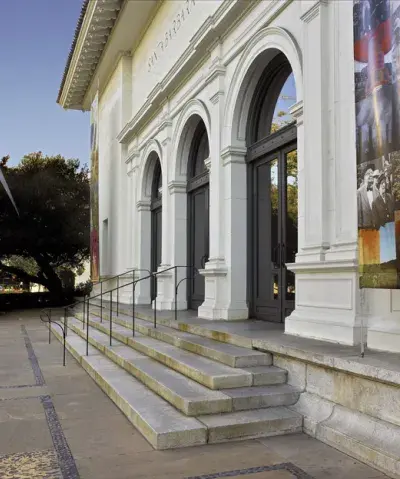A Legacy of Giving: The Lady Leslie and Lord Paul Ridley-Tree Collection
For over 25 years, Lady Leslie and Lord Paul Ridley-Tree generously supported the Santa Barbara Museum of Art in its mission “to integrate art into the lives of people.” They understood that acquiring art and building on the museum’s already strong holdings was essential. Through outright donations or partial underwriting, they brought 58 artworks into the Museum’s collection, most of which came as a recent bequest from Leslie Ridley-Tree.
This exhibition focuses on the Ridley-Tree’s gifts of primarily nineteenth-century British and French paintings. It will contain artworks by such luminaries as Dante Gabriel Rossetti, Mary Cassatt, Berthe Morisot, Paul Signac, Claude Monet, Childe Hassam, Alfred Sisley, Gustave Caillebotte, Camille Pissarro, Henri Fantin-Latour, Eugène Boudin, and Gustave Courbet. The Ridley-Trees were particularly taken with the lush landscapes of the French Barbizon School (active 1830-1870), who painted the forests of Fontainebleau not far from Paris. Artists such as Charles François Daubigny, Narcisse Diaz de la Peña, Charles Émile Jacque, Francois Auguste Ortmans, and Théodore Rousseau depicted ponds fringed with vegetation, productive farmland, and forests with sturdy hardwoods, like oaks and chestnuts.
Beyond celebrating these gifts, this presentation uses them as educational tools to learn about a turbulent century whose dizzying changes in technology and culture set the stage for today. Using the collection this way fits Ridley-Tree’s belief in education—and art education specifically—to open minds to new perspectives.
- Galleries:McCormick,
















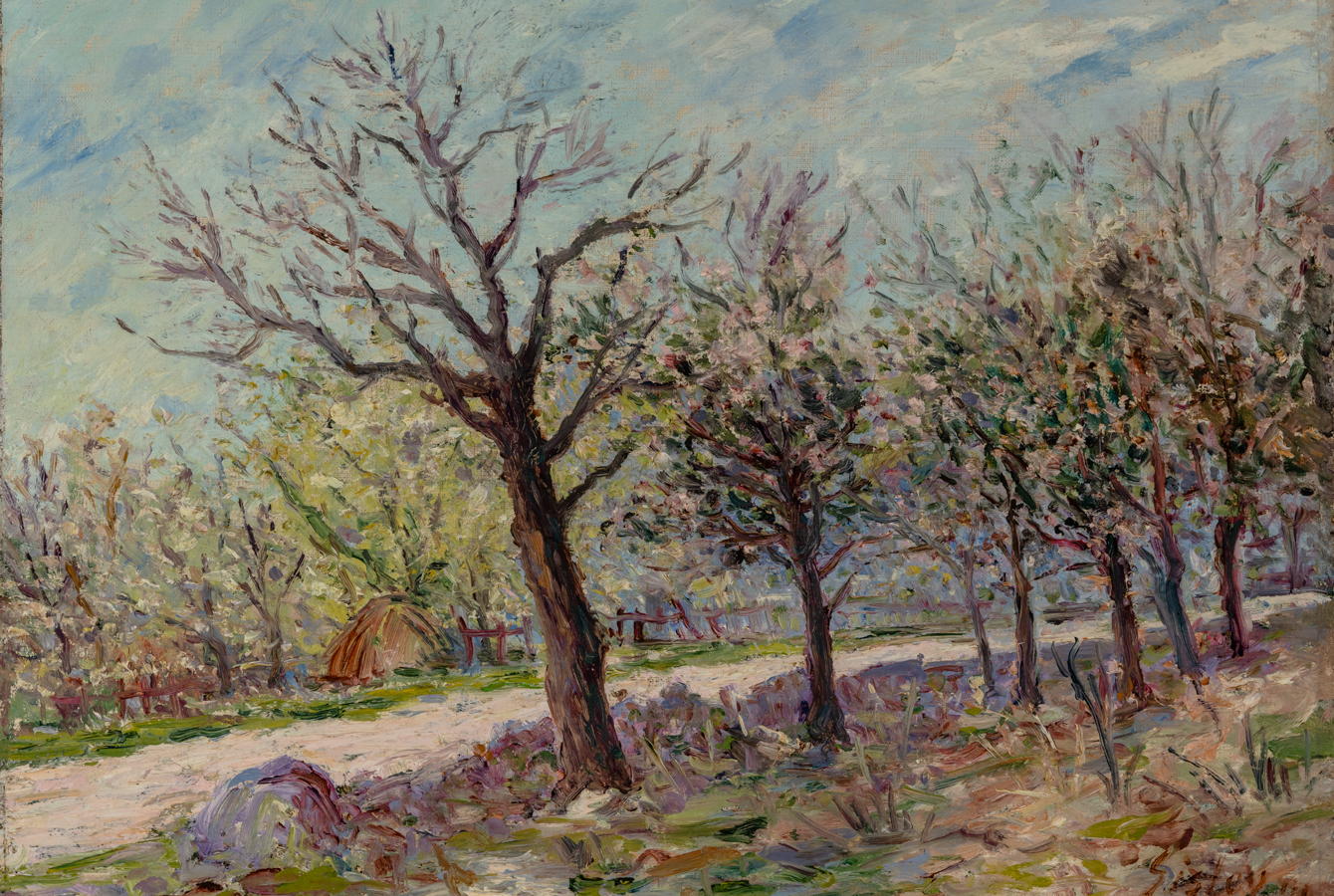
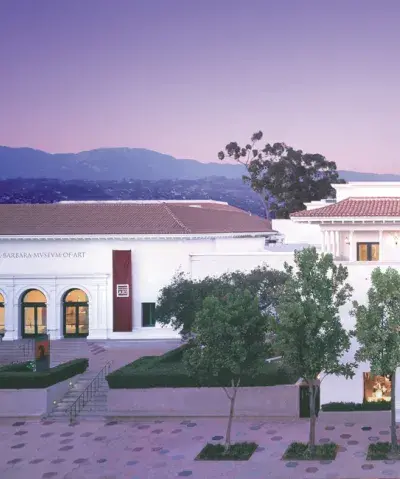


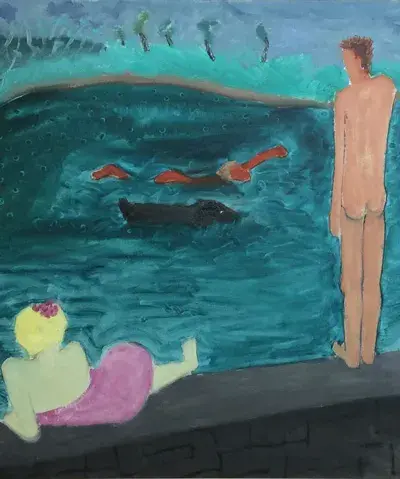



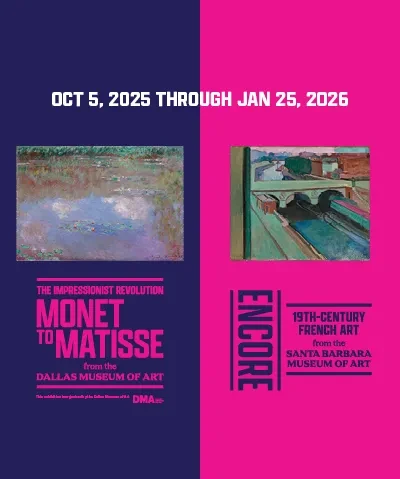





![memberseve[1]](https://www.sbma.net/sites/default/files/styles/menu_thumbnail_400_480/public/menu/memberseve%5B1%5D.jpg.webp?itok=hIz01lpc)




